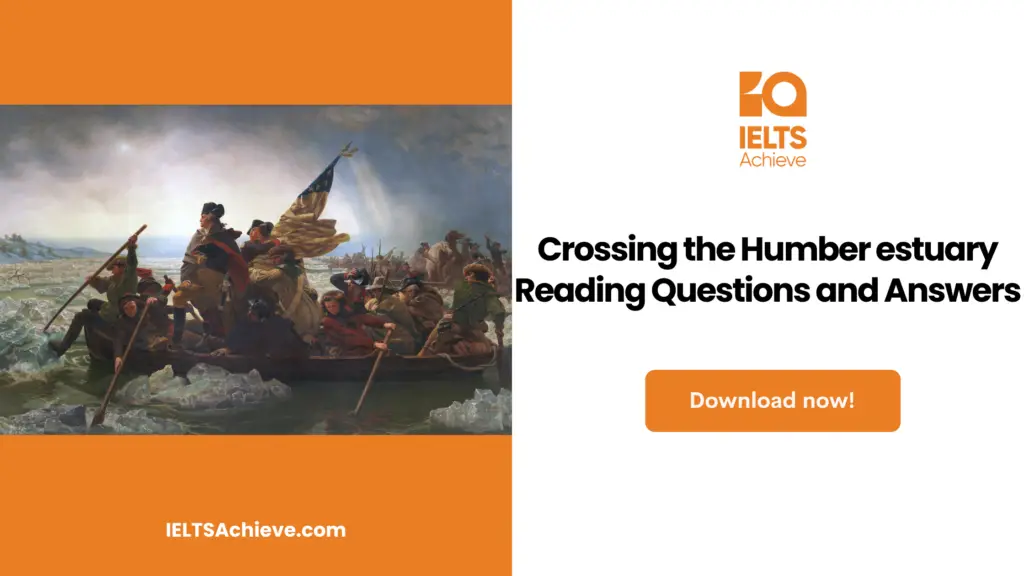The Blog post contains the following IELTS Reading Questions:
- IELTS Reading Matching Headings
- IELTS Reading True/False/Not Given
- IELTS Reading Sentence Completion
Stay informed and prepared for success – Explore our comprehensive Reading Test Info page to get valuable insights, exam format details, and expert tips for mastering the IELTS Reading section.
IELTS reading passage – Iceman

Iceman
It was the Late spring or the beginning of summer. The man hurried through a forest he was familiar with, wincing from the pain in his injured right hand and pausing now and then to hear if he could hear any sounds of someone chasing him. The hornbeam blossoms’ yellow pollen, which fell like an invisible rain as he ran up the slope, salted the water and food he drank and ate when he stopped to rest. A microscopic record of the season in which he passed through this forest and into the nearby mountains, where fate would eventually catch up with him, would still be present in the body of the Neolithic hunter known as the Iceman 5,000 years after this ancient dusting was first found.
Scientists have been piecing together the life and times of the Iceman, the oldest intact member of the human race since hikers discovered his mummified body in 1991 in rocky hollow high at the Otztal Alps on Italy’s border with Austria. We are aware that he was a shortened form, lean, and, for his time, a fairly old man in his mid-forties. The priceless copper-bladed axe that was discovered with him leads us to believe that he was a significant member of society. He put on three layers of clothing and sturdy shoes with bearskin soles before beginning his journey. He had a dagger with a flint tip, a small fire starter kit, and a birchbark container for embers that were covered in maple leaves. He nevertheless ventured into a hostile wilderness curiously unprepared: His deerskin quiver held only half-finished arrows as if he had just fired all his ammunition and was hurriedly reloading it. He was also carrying an unfinished longbow that still needed to be notched and strung, which was a long, irregularly shaped yew stalk. Why?
There has never been a lack of questions about the Iceman or theories to explain him. In the 16 years that researchers have prodded, cut, x-rayed, and otherwise examined his body, they have dressed him in theories that haven’t held up nearly as well as his simple clothing. He has occasionally been misidentified as a shaman, a victim of ritual sacrifice, a lost shepherd, or even a vegan. However, the most shocking new information that scientists have discovered about the Iceman renders all of these theories completely pointless. Even though we still don’t know what exactly happened up there on that mountain ridge, we do know that he was murdered there in the rocky hollow where his body was discovered and that he passed away very quickly.
Archaeobotanist Klaus Oeggl at the University of Innsbruck said, “Even five years ago, the story was that he fled up there too and walked through the snow and probably died of exposure.” “It’s all changed now. It resembles a paleo crime scene more.”
The focus of all this intense scientific interest is a slab of freeze-dried human meat that has been kept in a refrigerated high-tech chamber since 1998 at the South Tyrol Museum of Archaeology in Bolzano, Italy. Every new development in technology increases the temptation to perform new experiments on the body, each of which reveals scarily accurate details about his life. Scientists led by Wolfgang Muller (now at the Royal Holloway, University of London) have demonstrated, for instance, that the Iceman most likely grew up in the Valle Isarco, a vast north-south valley that includes the present-day town of Bressanone. The Vai Senales and the Vai Venosta, two alpine valleys farther west, have soil and water with isotope levels that match those in the man’s bones. The geologic ages of the mica best match a small region that is restricted to the lower Vai Venosta; Muller’s team has also examined microscopic chips of mica recovered from the intestines of the Iceman. These mica chips were likely accidentally consumed in food made from stone-ground grain. Near the confluence of the Adige and Senales Rivers in modern times, this is where the Iceman most likely began his final journey.
Additionally, we are aware of his poor health prior to his ascent into the mountains. The one fingernail that survived that was found among his remains indicates that he had three episodes of serious illness in the last six months of his life, the last one occurring just two months before his passing. His intestines were being examined by doctors, who discovered whipworm parasite eggs, suggesting that he may have experienced stomach distress. However, he wasn’t too ill to eat. The University of Camerino in Italy’s Franco Rollo and associates examined minute amounts of food debris from the mummy’s intestines in 2002. The Iceman had consumed some plant food and a piece of wild goat a day or two before he passed away.
Ingenious pollen and plant fragment analyses have been used by archaeobotanists to map the Iceman’s final movements. The body of the Iceman contains at least 80 different species of mosses and liverworts, according to James Dickson of the University of Glasgow. The most notable moss, Neckera complanata, is still present at a number of locations in the southern valleys, some of which are quite close to well-known prehistoric sites. Dickson claims that although other ancient peoples used related mosses as toilet paper, the Iceman was likely using them to wrap food based on a clump of stems discovered in his possession.
When considered collectively, the evidence strongly suggests that the Iceman’s final expedition started in the nearby low-altitude deciduous forests in the spring, when the hop hornbeams were in bloom. But the route into the mountains might not have been straight. In addition to hornbeam pollen, Oeggl also discovered traces of pine pollen in the Iceman’s digestive tract. This suggests that, during his final day or two, he may have first ascended to a higher altitude where mixed coniferous forests of pine trees grow, then descended to a lower altitude of hop hornbeams, and finally ascended again into the pine forests. Why? Nobody is aware. However, if he was in a hurry, he might have wanted to avoid the lower Vai Senales’ steep, heavily forested gorge.
Unlock your full potential in the IELTS Reading section – Visit our IELTS Reading Practice Question Answer page now!
Recommended Questions:
Renewable Energy IELTS Reading Question with Answer
Iceman reading questions
Questions 1-5
The reading passage has eight paragraphs A-H. Which paragraph contains the following information?
Write the correct letter A-H, in boxes 1-5 on your answer sheet.
NB you may use any letter more than once
- Before the iceman died, his body had been in bad shape for months.
- When and where the iceman was discovered.
- Based on pollen, a scientist figures out where the iceman went on his last hike.
- A huge amount of a special plant was found, and its movement was studied to figure out how the iceman moved.
- the last possible location for the iceman to reside.
Ready to conquer Matching Headings questions? Click here to learn essential tips and techniques for matching headings accurately to paragraphs or sections in the IELTS Reading section.
Questions 6-9
Do the following statements agree with the information given in the Reading Passage? In boxes 6-9 on your answer sheet, write
TRUE if the statement is true
FALSE if the statement is false
NOT GIVEN if the information is not given in the passage.
6. We can identify the iceman’s origins by analysing his body.
7. The author speculates that, in addition to the iceman, there must be another fully human corpse that is older.
8. After making some educated guesses, scientists were able to determine the ice man’s true cause of death.
9. The Iceman was extremely wealthy and may have been the leader of his society.
Enhance your skills in identifying information as True, False, or Not Given. Click here to discover expert strategies and techniques for mastering this question type in the IELTS Reading section.
Questions 10-13
Complete the sentences below. Choose NO MORE THAN TWO WORDS from the passage for each answer. Write your answers in bones 10-13 on your answer sheet.
10. The path the iceman took on his last journey might not be……………
11. Around the iceman, there are many types of mosses and liverworts, such as …………….
12. Eggs of the whipworm parasite were found in the iceman’s gut, so he might have got …………….
13. Since 1998, the iceman has been kept in a……………… room.
Enhance your sentence completion skills in the IELTS Reading section. Click here to access our comprehensive guide and learn effective strategies for filling in missing words or phrases in sentences.
Iceman Reading Answers
1. F
2. B
3. H
4. G
5. E
6. NOT GIVEN
7. FALSE
8. FALSE
9. NOT GIVEN
10. STRAIGHT
11. NECKERA COMPLANATA
12. STOMACH DISTRESS
13. REFRIGERATED HIGH-TECH

We hope you found this post useful in helping you to study for the IELTS Test. If you have any questions please let us know in the comments below or on the Facebook page.
The best way to keep up to date with posts like this is to like us on Facebook, then follow us on Instagram and Pinterest. If you need help preparing for the IELTS Test, join the IELTS Achieve Academy and see how we can assist you to achieve your desired band score. We offer an essay correction service, mock exams and online courses.

